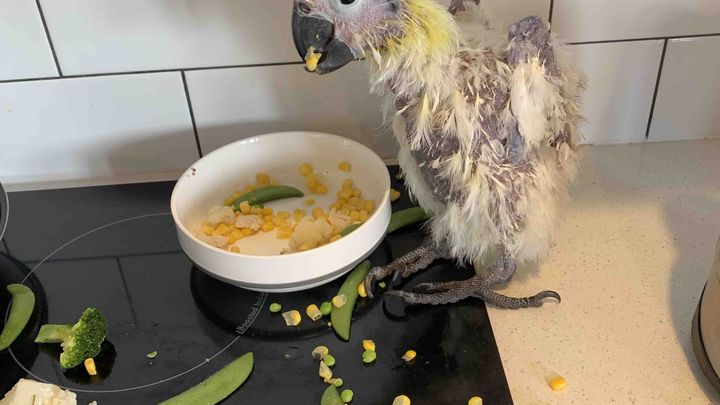
Help us find the Beak and Feather Disease cure
Donation protected
 Do you want to join me in making a difference? Please read on..
Do you want to join me in making a difference? Please read on..Charles Sturt University Scientists are working on developing a vaccine for the Beak and Feather Disease.
We are raising money to donate to Charles Stuart University via the Association of Avian Veterinarians Australasian Committee (AAVAC). This is a non for profit professional organization of veterinary practitioners advancing and promoting avian medicine, stewardship, and conservation through education of its members, the veterinary community and those they serve.
These funds will be dedicated towards supporting an ARC Linkage application on PBFD vaccination to be submitted as a collaborative effort with Charles Sturt University as the lead organization. Every donation will help. We are also working on media coverage for the latest developments...stay tuned.
This disease will see a number of endangered parrots extinct if something is not done.
Psittacine beak and feather disease (PBFD) is a viral disease affecting all Old World and New World parrots. The causative virus–Beak and feather disease virus (BFDV)—belongs to the taxonomic genus Circovirus, family Circoviridae. It attacks the feather follicles and the beak and claw matrices of the bird, causing progressive feather, claw and beak malformation and necrosis. In later stages of the disease, feather shaft constriction occurs, hampering development until eventually all feather growth stops. It occurs in an acutely fatal form and a chronic form. Most birds with this disease will eventually die. Currently there is no cure for PBFD.
Thank you in advance for your contribution to this cause!
This is Charlie. He has beak and feather disease. We rescued Charlie when he was 14 weeks old. We didn’t know much about this disease. He did not have any flight feathers but had full feathers. He is now almost 2 years of age and he has lost most of his feathers. He is spoon fed with baby food and finds it hard to eat like a normal bird due to his sore beak...regardless...he is the most amazing bird I have ever met.
Please feel free to contact the author of this page with any enquires. You can also contact AAVAC on the website below.
https://www.aavac.com.au
https://news.csu.edu.au/latest-news/science/breakthrough-on-virus-infecting-rare-and-endangered-parrots
Organizer
Ines Pasic
Organizer
Carss Park, NSW